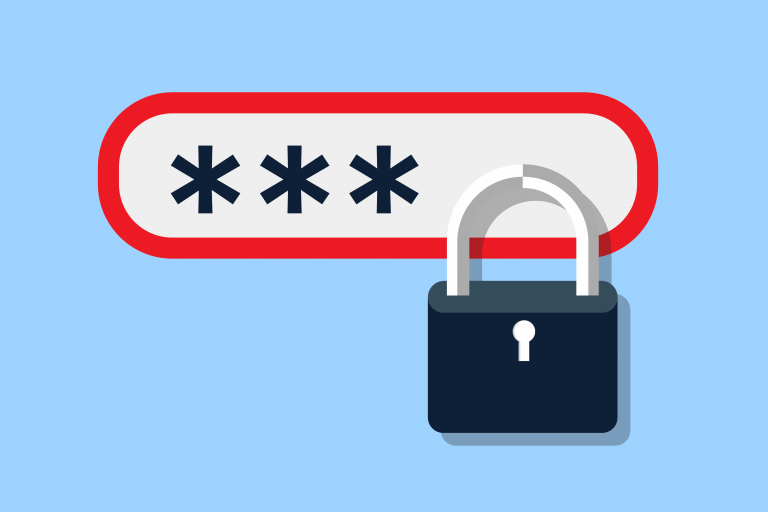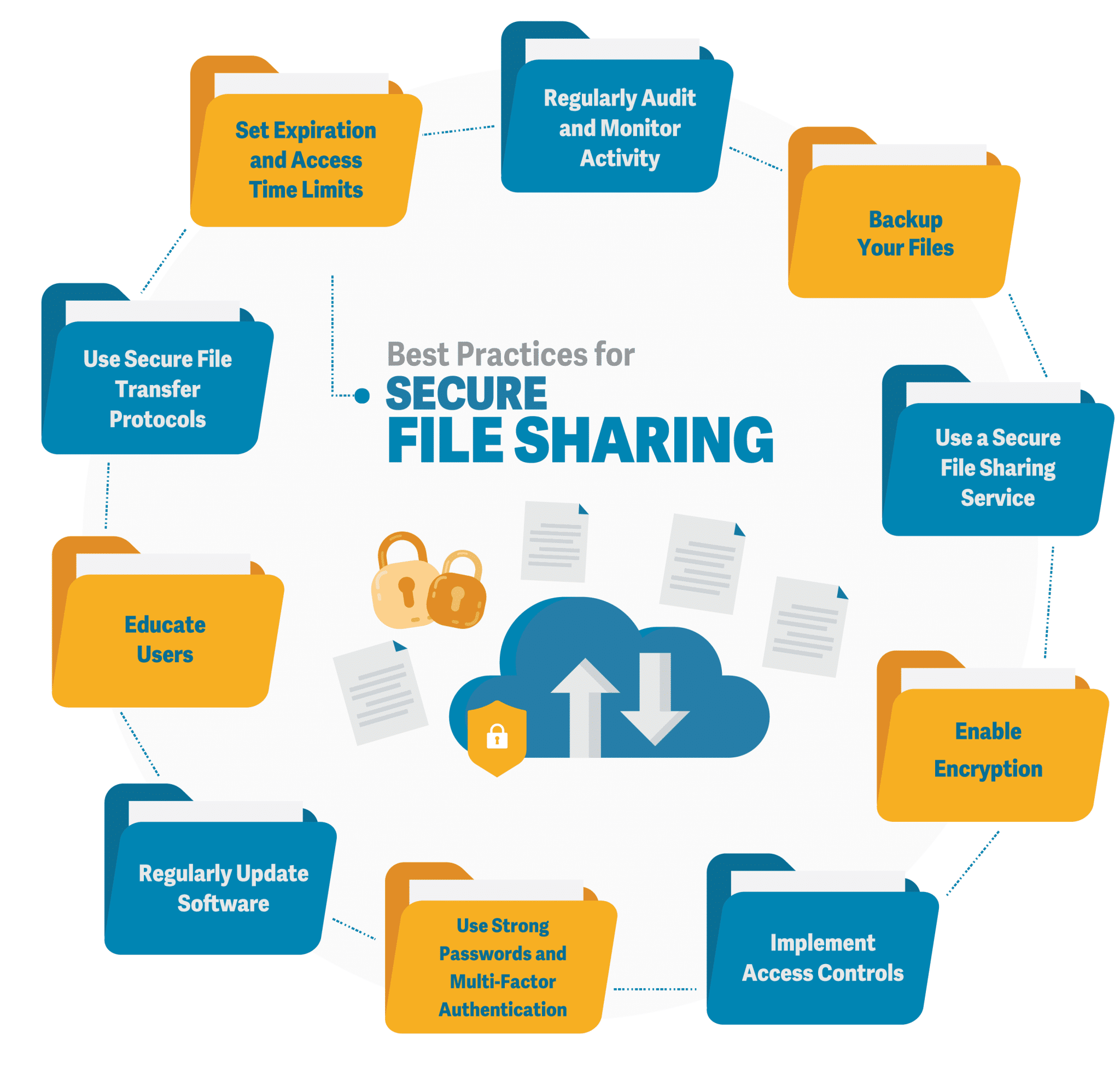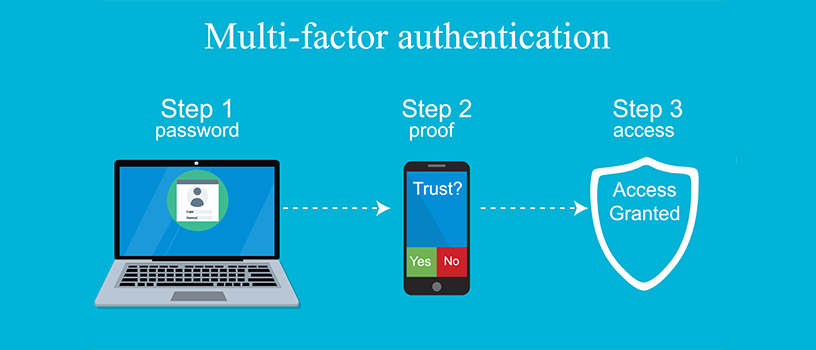How to Create Strong and Secure Passwords: A Complete Guide
In today’s digital world, passwords are the first line of defense against hackers, data breaches, and identity theft. Yet, many people still rely on weak or easy-to-guess passwords like “123456” or “password”—making accounts vulnerable to cyberattacks.
Creating strong and secure passwords isn’t complicated, but it does require a strategy. This guide will show you how to build unbreakable passwords, avoid common mistakes, and keep your accounts safe online.
Why Strong Passwords Matter
Think of your password as the key to your digital home. If the key is simple, anyone can pick the lock. Strong passwords:
- Protect your personal and financial information.
- Reduce the risk of identity theft.
- Keep hackers out of email, banking, and work accounts.
- Safeguard sensitive data stored online.
With cyber threats on the rise, learning how to create secure passwords is no longer optional—it’s essential.
What Makes a Strong Password?
A secure password is one that’s hard to guess, even for sophisticated hackers using advanced tools. The best passwords include:
✅ Length – At least 12–16 characters. Longer is stronger.
✅ Complexity – Mix uppercase and lowercase letters, numbers, and special symbols (!, @, #, $).
✅ Unpredictability – Avoid common words, phrases, or keyboard patterns like “qwerty.”
✅ Uniqueness – Use a different password for every account.
7 Tips for Creating Strong and Secure Passwords
- Use Passphrases Instead of Words
Combine random words into a phrase that’s easy to remember but hard to guess. Example: “BlueHorse$RunsFast7”. - Mix It Up
Use a blend of letters, numbers, and symbols. Don’t just add “123!” to the end of a word—it’s too predictable. - Avoid Personal Information
Birthdays, pet names, or favorite sports teams are easy for hackers to guess from social media. - Try Random Generators
Password managers often include secure password generators that create complex strings instantly. - Don’t Reuse Passwords
If one account gets hacked, others using the same password will be at risk. - Enable Two-Factor Authentication (2FA)
Even the strongest password can be breached. Adding 2FA (like a text code or authenticator app) doubles your protection. - Update Regularly
Change passwords periodically—especially for sensitive accounts like banking or work emails.
Best Tools to Manage Passwords
Remembering dozens of strong passwords can be overwhelming. That’s where password managers come in. These tools securely store your passwords and help generate strong ones. Popular options include:
- LastPass
- 1Password
- Dashlane
- Bitwarden
With a password manager, you only need to remember one master password.
Common Mistakes to Avoid
🚫 Using “password,” “123456,” or “qwerty”
🚫 Reusing the same password for multiple accounts
🚫 Writing passwords on sticky notes or saving them in plain text files
🚫 Sharing passwords via email or messaging apps
Final Thoughts
Your password is often the only thing standing between you and a hacker. By following these tips—creating long, complex, and unique passwords—you’ll make your accounts much harder to crack.
Better yet, pair strong passwords with two-factor authentication and a reliable password manager for maximum protection.
Remember: a strong password today can save you from a data breach tomorrow.



